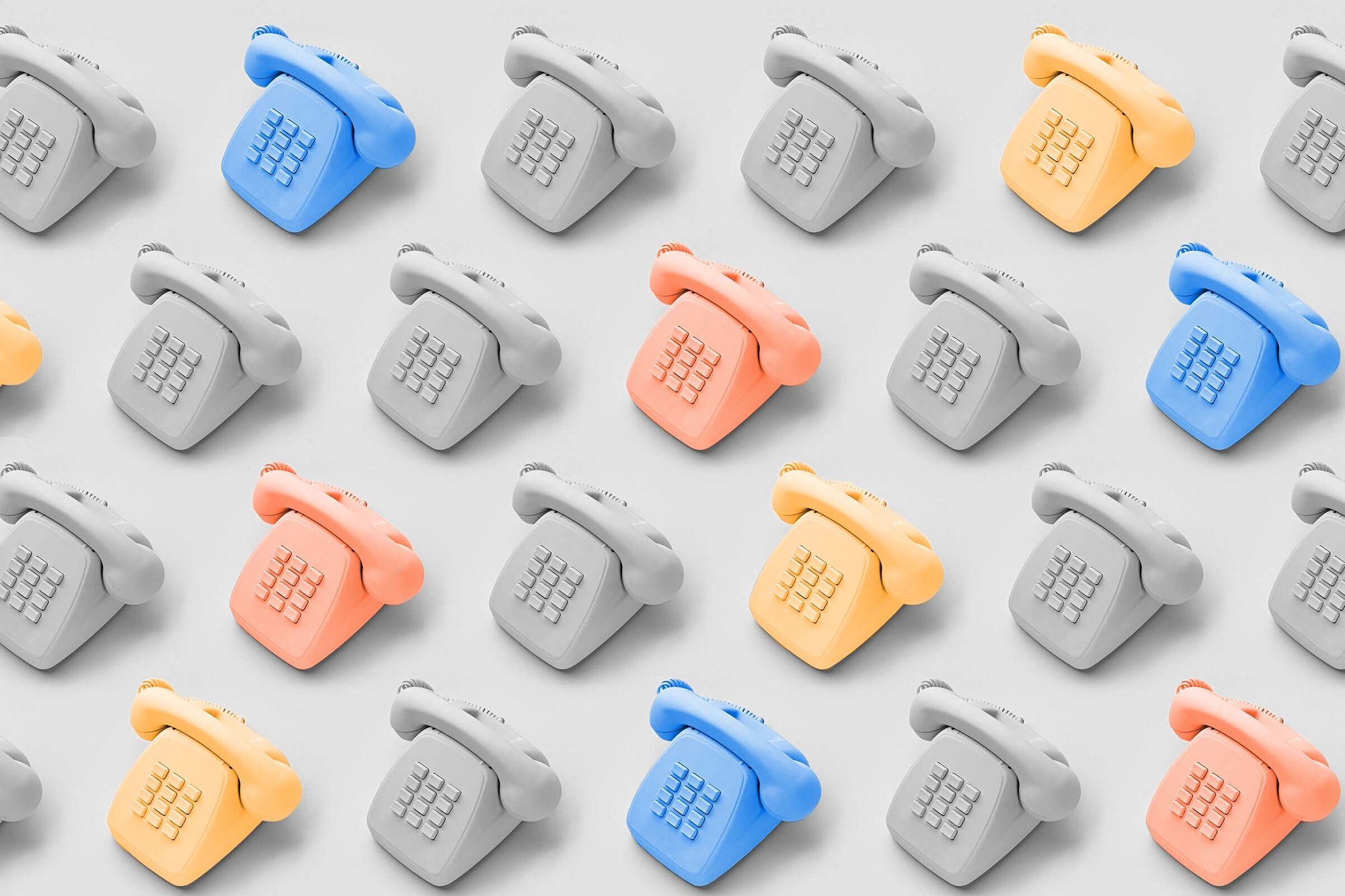
Thomas Edison's last breath is on display at the Henry Ford Museum.
Not everyone gets to meet their idols. Henry Ford, one of America’s manufacturing greats, did — and was even lucky enough to become friendly with his hero. The automobile creator long looked up to serial inventor Thomas Edison, and in 1891, toward the start of his career, landed a job as a night engineer at the Edison Illuminating Company in Detroit. Eventually, the two inventors crossed paths at a work party, where Edison supposedly inspired Ford to further pursue his experimental automobiles. Ford had recently created his first prototype, the Ford Quadricycle, and eventually left the company to work on prototypes that became the Model T. But that wasn’t where their relationship ended — Edison and Ford quickly became friends, corresponding regularly, dedicating speeches to one another, and even purchasing neighboring estates in Florida. So it’s no surprise that the Henry Ford Museum in Dearborn, Michigan, features artifacts from both inventors, though some are unusual — such as a test tube that supposedly contains Edison’s final breath.
Legend has it that Ford, who had an eccentric bent and was interested in life after death, obtained the vial by asking Edison’s son Charles to capture his dear friend’s final breath. However, that tale is a bit hyperbolic. Historians believe that the tube was actually given to Ford as a sentimental gesture in honor of his friend. According to a letter written by Charles Edison in 1953, a set of empty test tubes was close to his father’s death bed when the inventor died in 1931. Charles requested that the attending doctor seal the tubes with paraffin wax, potentially capturing his father’s last breaths, and later gifted one to Ford. The test tube at the Henry Ford Museum is not the only one of its kind — Edison’s estate includes a collection of 42 test tubes that supposedly contain the inventor’s final breath.
If you’ve ever hit the open road with your best friend, you might be more like Henry Ford and Thomas Edison than you know. Together with two other friends — naturalist John Burroughs and tire manufacturer Harvey Firestone — they set out on a series of summer camping trips. Between 1914 and 1924, the group (who called themselves “the Four Vagabonds”) trekked along the eastern coast, camping in the Adirondacks, Catskill Mountains, and throughout Virginia, Tennessee, and North Carolina, among other places. On one adventure in July 1921, the group (minus Burroughs) invited Warren G. Harding, then-sitting President of the United States, to camp in Maryland, in a spot the crew dubbed “Camp Harding.” However, the adventures of the Four Vagabonds weren’t just for fun; they were part of a media campaign that often depicted the businessmen as “roughing it” when in reality they often slept at hotels and had a large staff accompanying them to cook meals.

